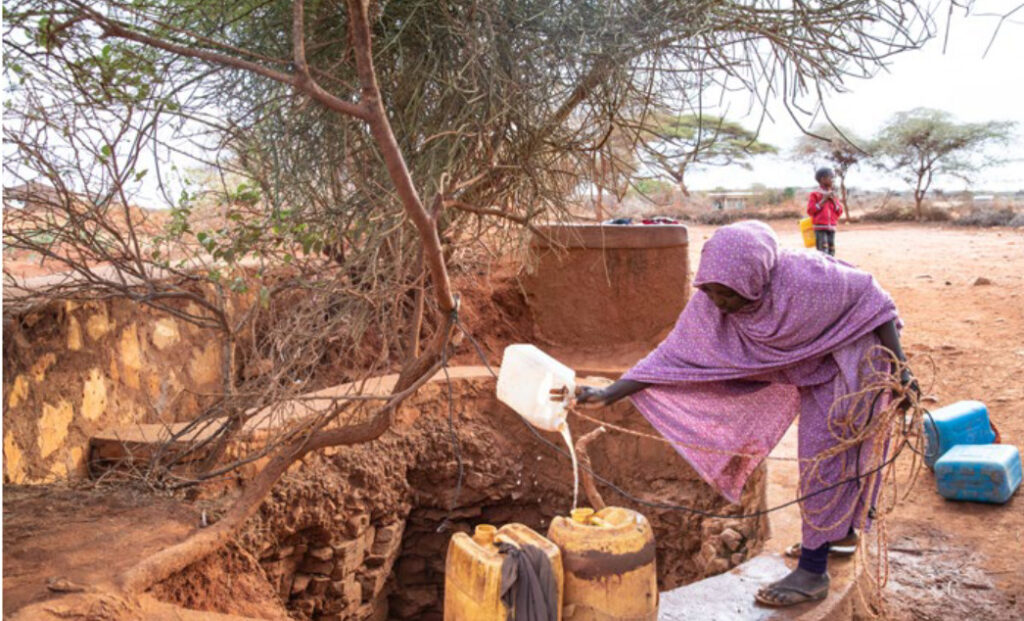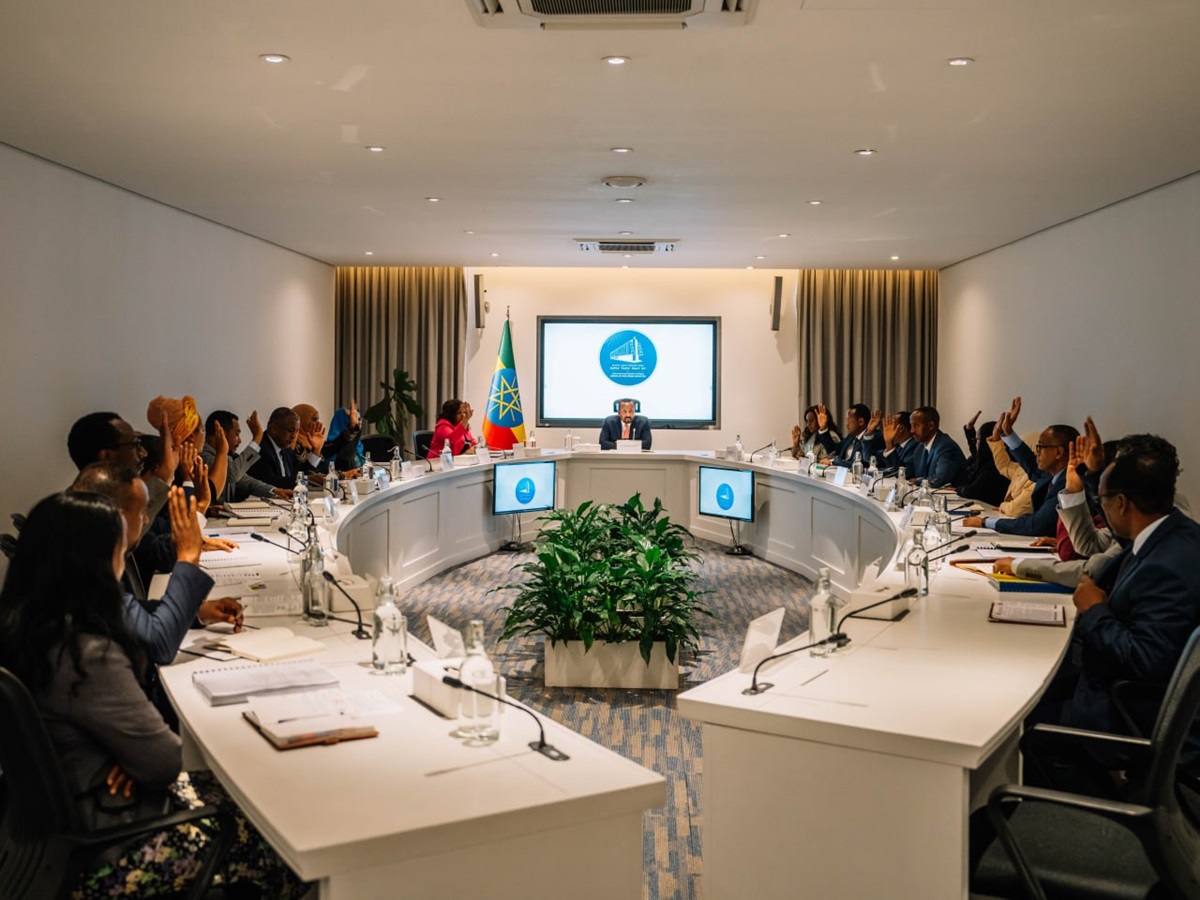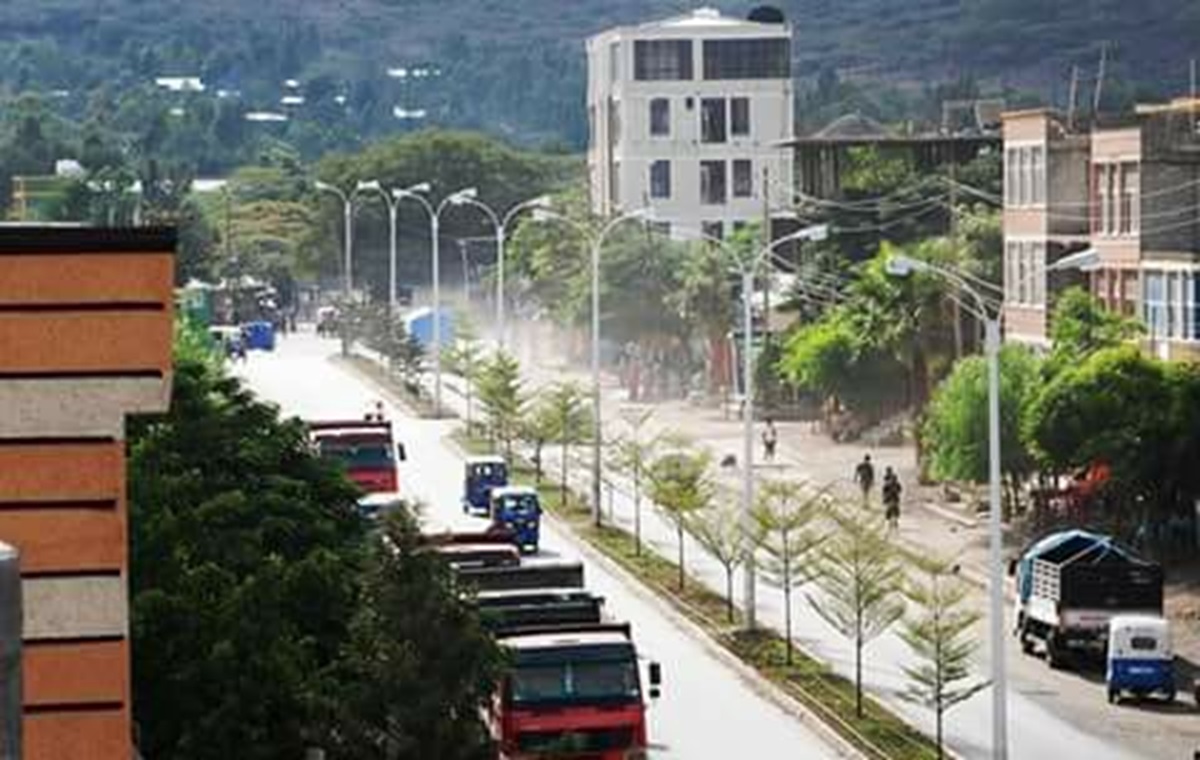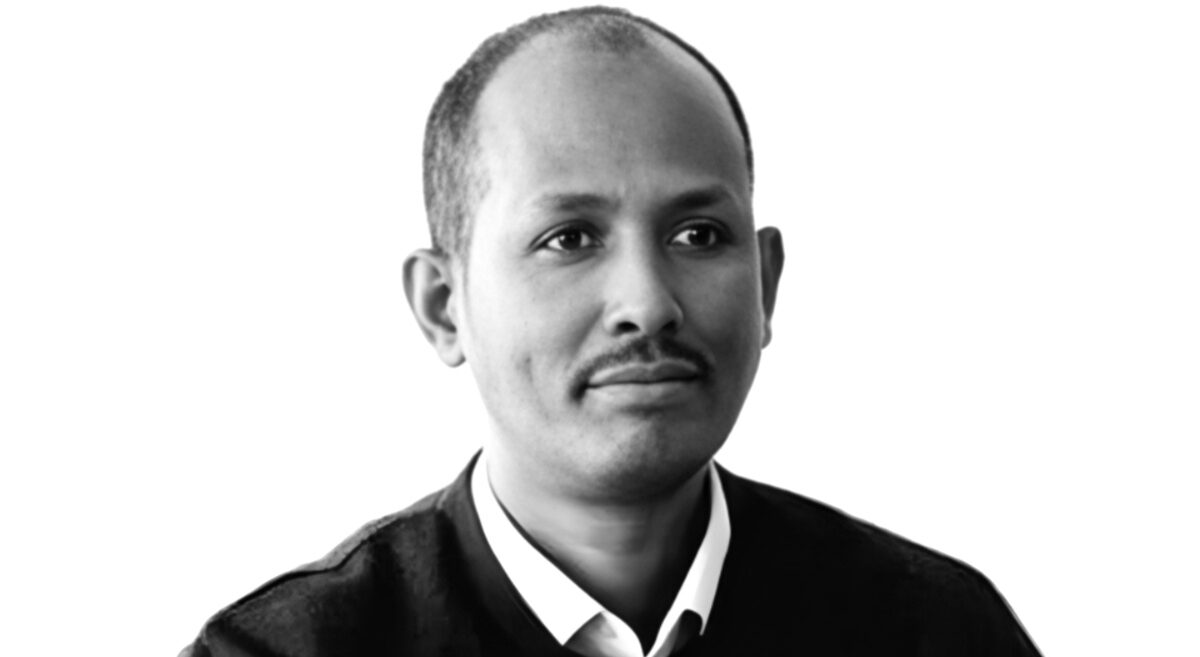News: A whopping near $4 bn required to help more than 20 m Ethiopians in need of humanitarian assistance in 2023

Ethiopia/2022/Demissew Bizuwerk
Addis Abeba – The 2023 Ethiopia Humanitarian Response Plan (HRP) that was published on Tuesday reveals a whooping US$3.99 billion is required to help around 20.1 million Ethiopians across the country who are in need of humanitarian assistance.
According to the response plan, jointly prepared by the Ethiopian government and humanitarian partners, an estimated 13 million of this are targeted for humanitarian response in drought affected areas alone.
Among the targeted people includes an estimated 4.6 million internally displaced people (IDPs). Although internal displacement is not a new phenomenon in Ethiopia, “among the displaced people there is a high number in protracted displacement,” according to the report. This includes 886,000 IDPs who had been displaced for under one year; one million IDPs who had been displaced for 1-4 years; and as many as 745,000 IDPs who had been displaced for more than five years as of September 2022.
“We are appealing for $US 3.99 billion to assist over 20 million people across the country with food assistance. Of those, 4.4 million people are targeted for multi-sector non-food assistance, of which two thirds are women and children,” said Ambassador Shiferaw Teklemariam, Commissioner for the Ethiopian Disaster Risk Management Commission of Ethiopia (EDRMC).
Some $2.16 billion is needed for total food requirements, whereas $1.83 billion is needed for total non-food requirements, according to the plan.
“If we fail to respond, the cost will be high on the lives of millions of people, the majority of whom are women and children,” said Dr Catherine Sozi, Humanitarian Coordinator in Ethiopia. “Restoring and improving the lives, livelihoods and prospects of affected communities, including conflict and drought displaced people, host communities, returning IDPs, and other vulnerable people will also be critical and needs to happen in tandem with the humanitarian response.”
According to Ambassador Shiferaw, the plan focuses “on the urgent and lifesaving needs of the most vulnerable people in Ethiopia, including food, nutrition, water, healthcare, and protection services.”
The latest HRP report is published as news of the severity of the ongoing drought in Ethiopia finally caught the attentions of state owned media and Ethiopians as dead and emaciated pictures of livestock from Borana, one of the most affected areas in southern Oromia, began to emerge. AS







